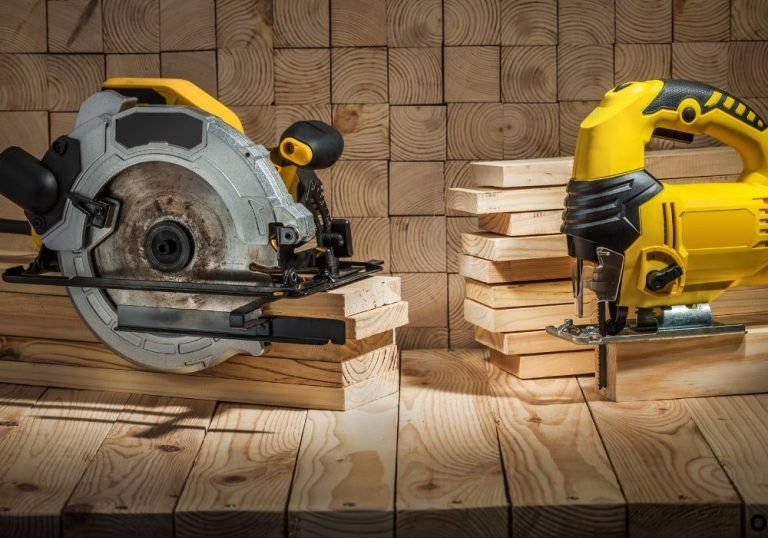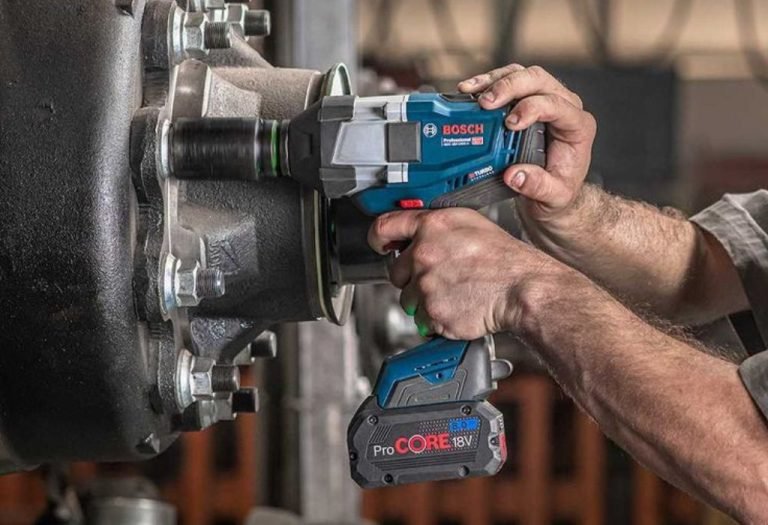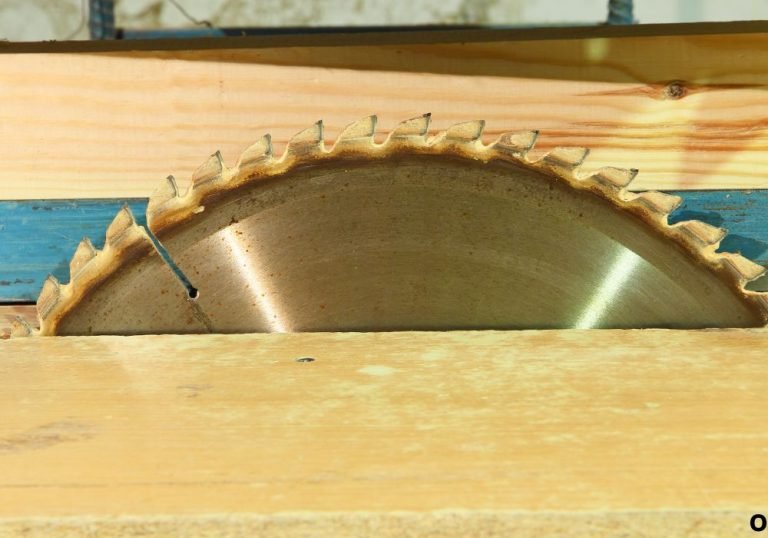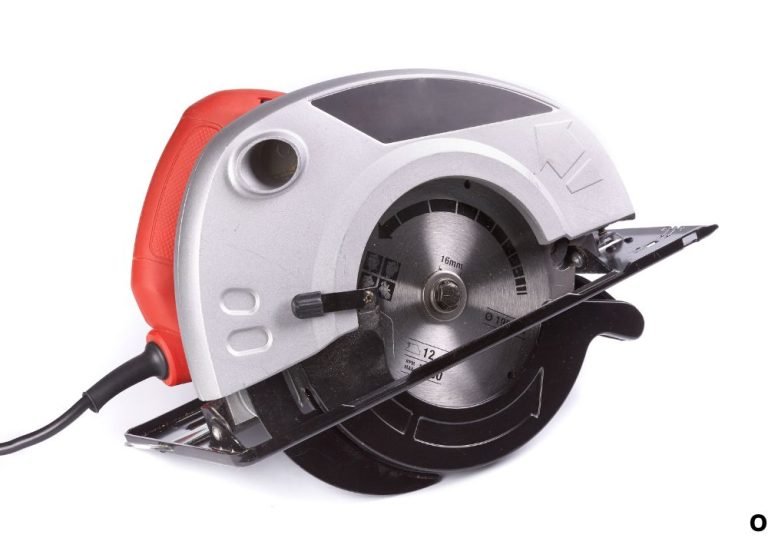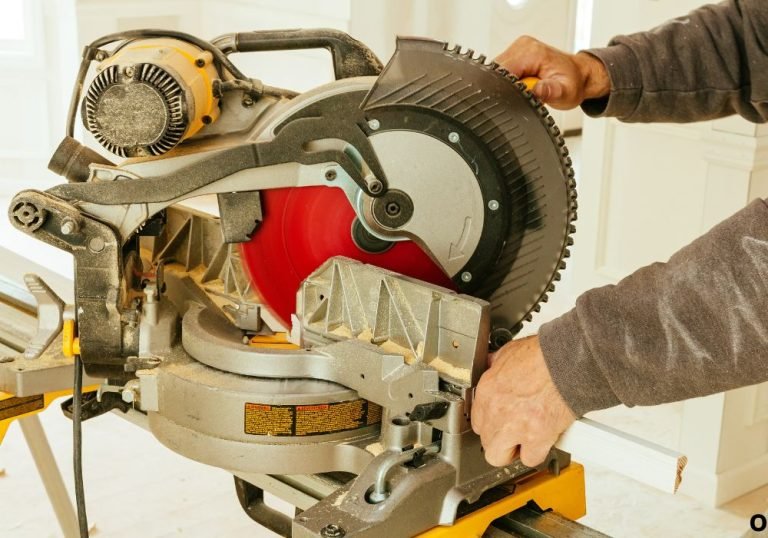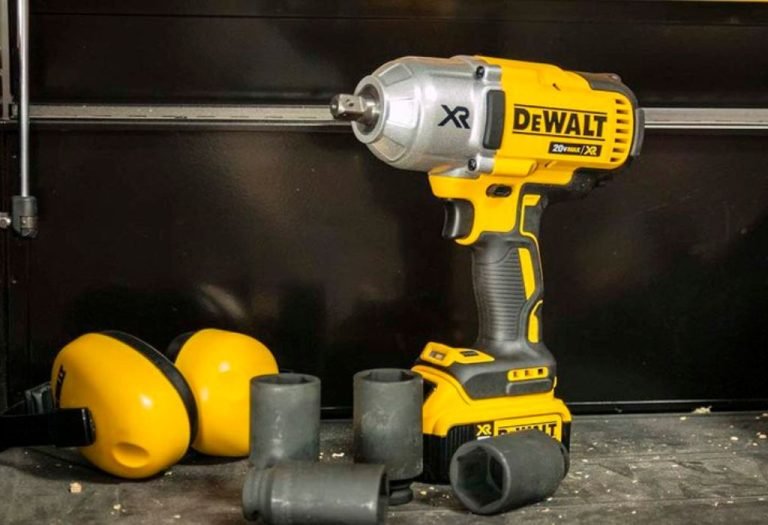Do You Need a Stud Finder to Hang Pictures? Complete 2025 Guide
A new picture frame or piece of artwork often brings excitement, but hanging it on the wall can feel intimidating without the right tools.
Many homeowners wonder if a stud finder is truly necessary or if lighter frames can be hung without one.
The concern comes from the risk of damaging walls or having frames fall and shatter if they are not secured properly.
Stud finders promise precision and safety, but alternatives exist for those who don’t want to invest in one.
According to Statista, the average American household spends over $200 annually on home décor, which often includes framed pictures and artwork.
This investment means that homeowners want to protect both their walls and their valuables.
The key question is whether a stud finder is essential or whether other hanging methods can provide the same results.
This guide explores when a stud finder is useful, alternatives for lighter items, weight limits, and best practices for safe and stylish picture hanging.
Why Stud Finders Are Useful for Hanging Pictures
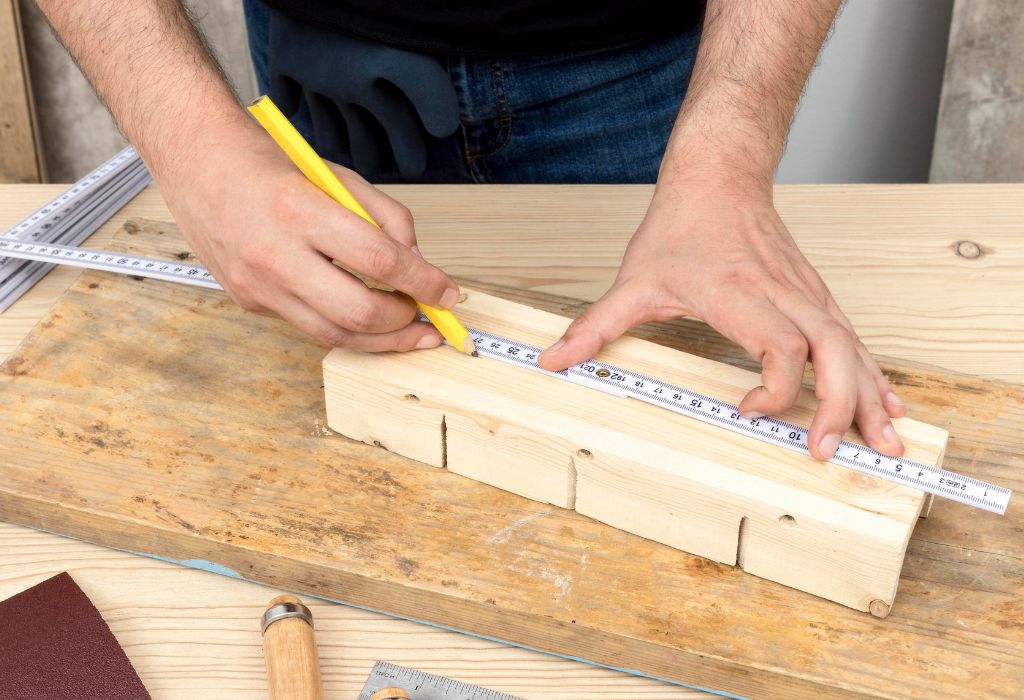
Stud finders are designed to detect wood studs behind drywall, giving you a secure spot to anchor nails or screws. They help ensure that heavy frames and mirrors are fastened into solid support rather than fragile drywall.
Using studs prevents accidents, since items attached directly to wood are much less likely to fall. It also reduces the risk of damaging drywall with oversized anchors or repeated trial-and-error attempts.
Stud finders save time by eliminating the guesswork of knocking on walls or measuring spacing. They also provide peace of mind when dealing with expensive or sentimental artwork.
Professional installers often rely on stud finders because they combine speed, safety, and reliability in one simple tool.
Why use a stud finder?
It locates studs for secure hanging.
Does it make hanging safer?
Yes, it reduces the risk of frames falling.
Do studs prevent wall damage?
Yes, they hold nails and screws firmly.
Is a stud finder faster?
Yes, it avoids guesswork.
Do pros use stud finders?
Yes, for consistent and safe results.
Do You Always Need a Stud Finder?
Not every picture requires a stud finder, especially if the frame is lightweight. Small nails or adhesive hooks are often enough for photos and art weighing under 10 pounds.
Drywall anchors and toggle bolts make it possible to hang medium-weight frames without locating studs. These devices distribute the load and provide strong support.
Plaster walls may not always require stud finders, but extra caution is needed to avoid cracking. In some cases, masonry or brick walls require masonry anchors instead.
Ultimately, the need for a stud finder depends on the weight of the frame, the wall type, and the level of security required.
Do small pictures need studs?
No, lightweight frames can use simple nails.
Are anchors enough for lightweight frames?
Yes, wall anchors can hold up to 25 lbs.
Do plaster walls require stud finders?
Not always, but drilling requires caution.
What about brick walls?
Use masonry anchors instead of studs.
Is every wall type the same?
No, material determines the best method.
Hanging Pictures Without a Stud Finder
Light and medium frames can be hung securely using alternative methods. Drywall anchors provide excellent holding power for up to 50 pounds depending on the type.
Toggle bolts are another option, designed to spread pressure across a wider area of the wall. They are ideal for medium to heavy frames when studs are not available.
Adhesive hooks work well for very lightweight frames and renters who want to avoid holes. They are easy to install and remove without damaging walls.
Other DIY methods include tapping walls to detect solid areas or measuring typical stud spacing of 16–24 inches. These approaches work but are less reliable than a stud finder.
Can you hang pictures without a stud finder?
Yes, with anchors, bolts, or hooks.
Do drywall anchors really work?
Yes, they can hold up to 50 lbs.
What are toggle bolts?
Special anchors for medium to heavy frames.
Can tapping walls find studs?
Sometimes, but accuracy is limited.
Do adhesive hooks damage walls?
No, they are designed to remove cleanly.
How Much Weight Can Walls Hold Without Studs?
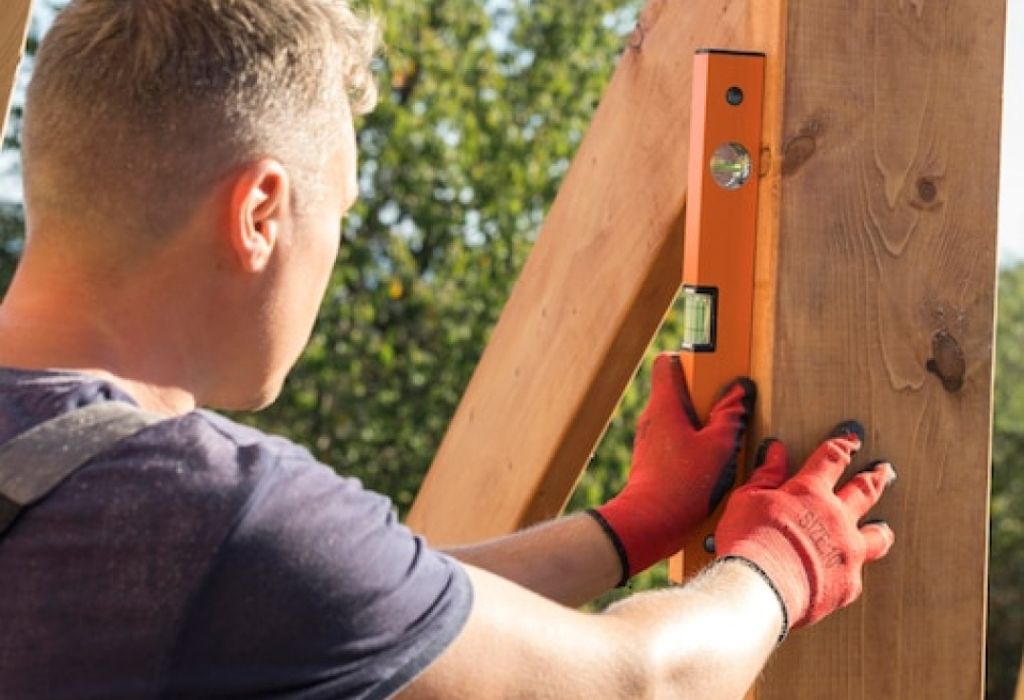
The weight capacity of walls depends on the hardware used. A small nail directly into drywall can usually hold 5–10 pounds.
Drywall anchors increase the capacity to 25–50 pounds depending on the type and installation. Toggle bolts are even stronger, supporting 50–100 pounds.
For heavy mirrors, oversized frames, or valuable artwork, studs provide the safest and most reliable anchor. Drywall alone is not strong enough for very heavy items.
Homeowners should always check the weight of frames and compare them to the rated capacity of the hardware being used.
How much weight can drywall hold?
Up to 10 lbs with a simple nail.
Do anchors increase weight capacity?
Yes, up to 50 lbs.
How strong are toggle bolts?
They hold 50–100 lbs.
Can drywall hold heavy mirrors?
No, studs or strong anchors are required.
Do studs provide the most strength?
Yes, they support the heaviest loads.
Best Tools for Hanging Pictures Securely
A stud finder is one of the best tools for secure hanging, but it is not the only option. Hammers, nails, and screws remain essential for most projects.
Drywall anchors and toggle bolts require a drill or screwdriver for installation. These tools are easy to use and widely available.
A level ensures that frames hang straight and look professional on the wall. A measuring tape helps position frames evenly across a room.
Using the right combination of tools makes picture hanging faster, safer, and more visually appealing.
What tools do I need?
A hammer, level, measuring tape, and anchors.
Is a stud finder essential?
Only for heavy or valuable items.
Do anchors need special tools?
Yes, usually a drill or screwdriver.
Should I always use a level?
Yes, for balanced and straight frames.
Is measuring tape necessary?
Yes, for accurate spacing.
Avoiding Common Mistakes in Picture Hanging
One common mistake is ignoring the weight rating of anchors and hardware. Exceeding these limits often leads to falling frames.
Another mistake is hanging pictures too high, which disrupts the visual balance of a room. Proper eye-level placement improves design.
Many homeowners fail to use a level, resulting in crooked frames. Taking a few extra seconds prevents this problem.
Using the wrong hardware for wall type also causes issues. Drywall, plaster, and brick each require different solutions.
What mistakes should I avoid?
Ignoring weight limits and using wrong hardware.
Do weight limits matter?
Yes, they prevent falling frames.
Why do pictures fall?
Weak or improper anchors.
Is leveling important?
Yes, it ensures straight hanging.
Do wall types change methods?
Yes, each requires specific tools.
When to Always Use a Stud Finder
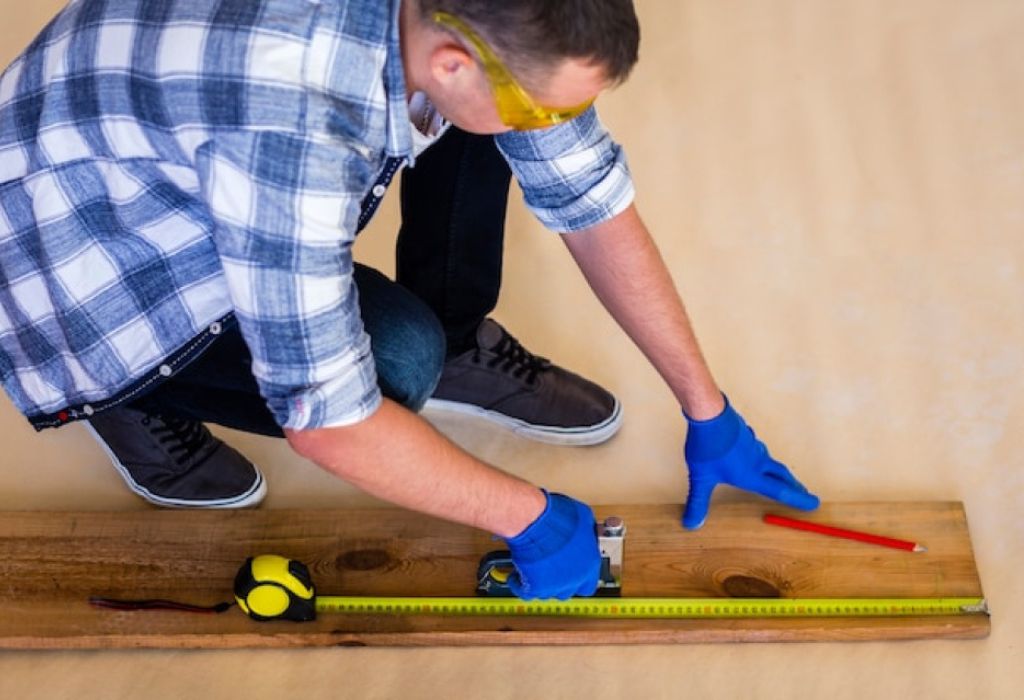
A stud finder is always recommended when hanging heavy mirrors, televisions, or oversized frames. These items require solid support.
Drywall is prone to cracking when overloaded, making studs the only safe option for heavy décor. A stud finder guarantees precise placement.
Valuable or sentimental artwork should always be secured in studs. This prevents accidents and protects irreplaceable items.
If unsure about wall strength, a stud finder provides reassurance and reduces risk. It is a long-term tool worth keeping in any homeowner’s toolbox.
When is a stud finder required?
For heavy mirrors, TVs, and large frames.
Do TVs need studs?
Yes, always for safety.
Should I use studs for mirrors?
Yes, they are too heavy for drywall.
Are valuable frames safer on studs?
Yes, studs provide maximum security.
Does drywall need more support?
Yes, it is weaker than studs.
Conclusion
Stud finders are not always necessary for hanging pictures, but they provide the best safety and reliability for heavy or valuable items. Lightweight frames can be hung with nails, adhesive hooks, or drywall anchors.
Knowing wall type and weight limits helps homeowners choose the right method. This prevents accidents and protects walls from unnecessary damage.
Stud finders are especially useful when working with drywall or when hanging oversized frames. They eliminate guesswork and provide confidence.
Final advice: use simple methods for small frames, but invest in a stud finder if you plan to hang heavy décor or decorate frequently.

I’m Michael R. Turner, the founder, lead writer, and passionate DIY enthusiast behind 101diytools.com. With years of hands-on experience in home improvement and power tools, I built this platform to share practical tips, in-depth guides, and honest reviews to help DIYers of all skill levels tackle projects with confidence and the right tools.

